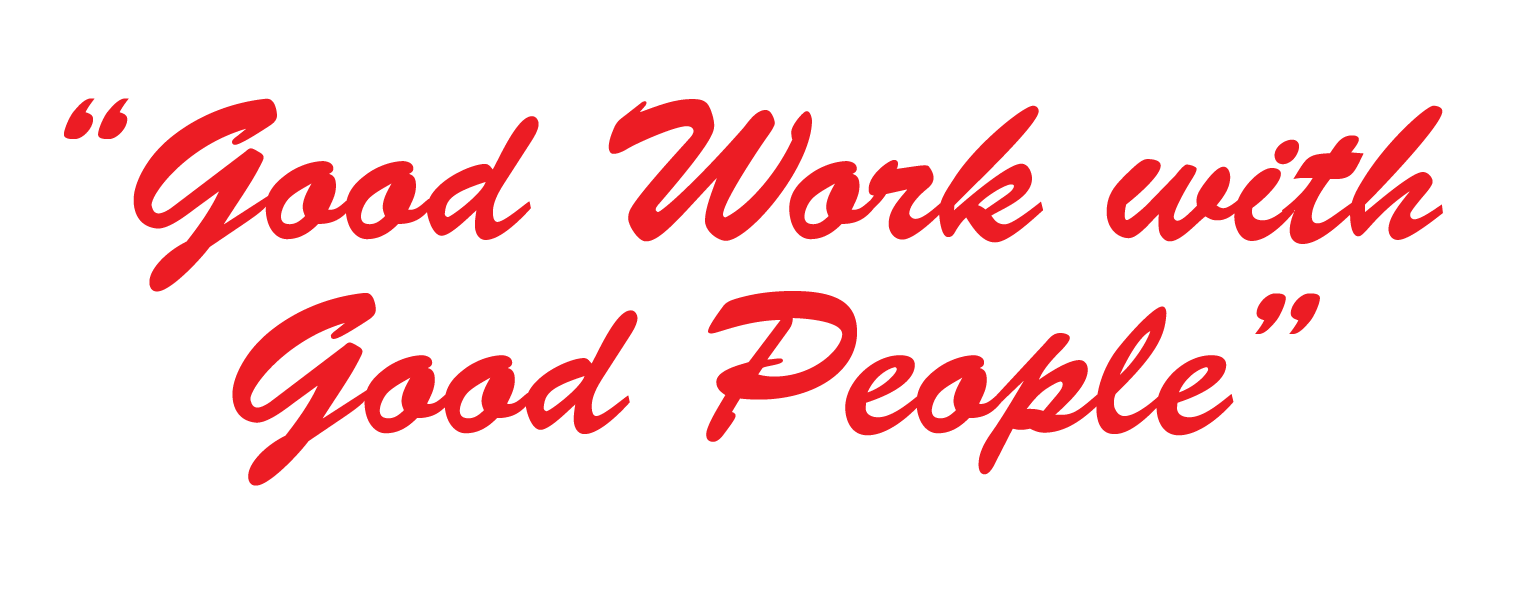Designing for the Produce Aisle
Listening
As brand builders, how can we turn our attention from packaged goods to fruits and veggies?
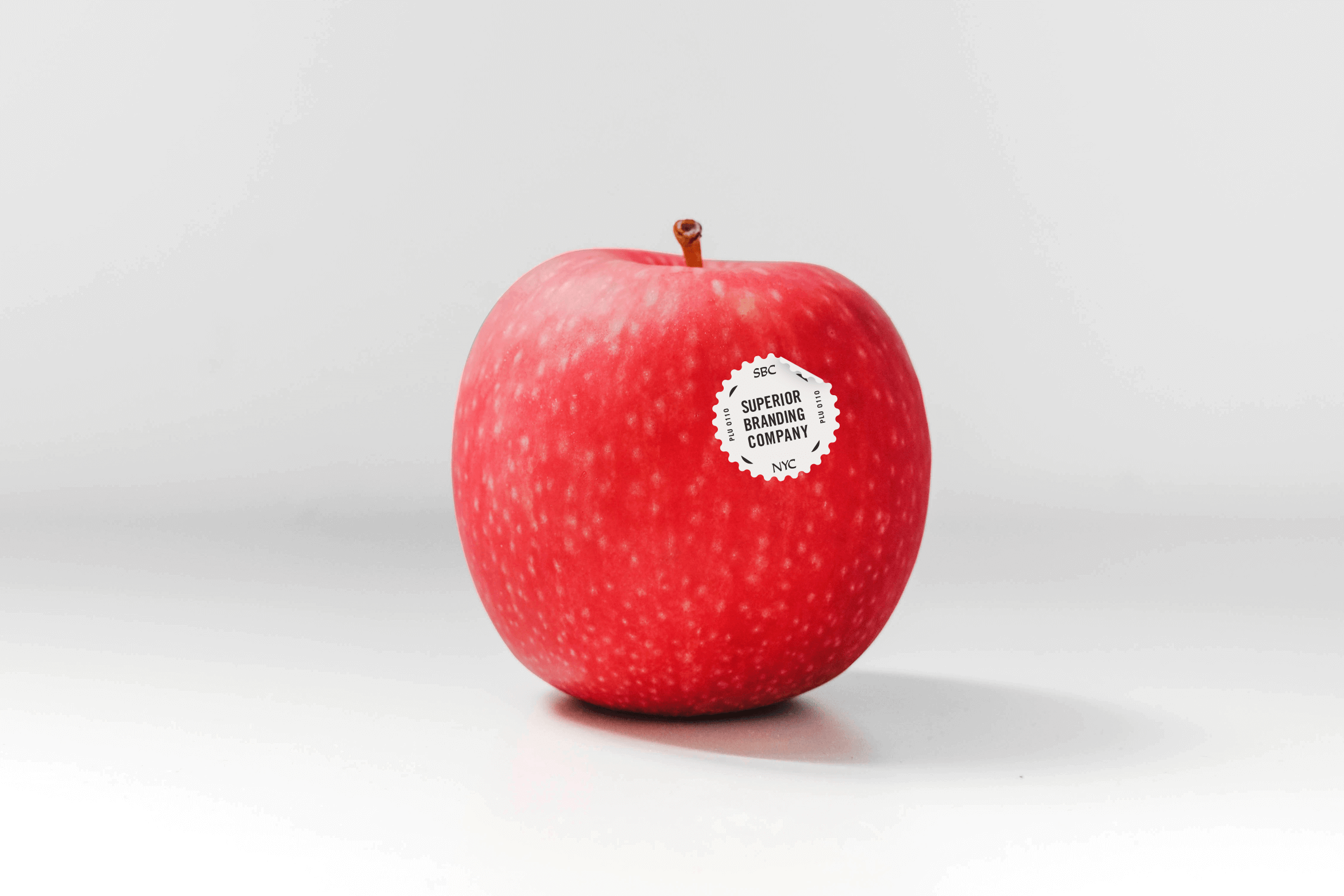
Addressing imbalances in our food system means turning our attention from packaged goods to agriculture.
These days, when you’re walking the aisles of the grocery store, what do you get excited about?
For many of us who are inundated online and on the shelf with new and exciting brands, it’s the packaged foods that we splurge for. We're drawn to trending products, not
only to satisfy our hunger, but to indulge the brand curator in us.
As shoppers, we’re most vulnerable at the intersection of trending ingredients and good design. How can we resist a gluten-free brownie laden with ashwagandha or CBD, packaged in a pop-color 70’s font fever dream? We’re taken by artfully crafted packaged goods that signal the secret to health lies conveniently in snacking.
The Superior Branding Co. team has a history of working with innovative, better-for-you, packaged products; we love a functional herb. But something is becoming clear as a steady stream of functional seltzers hit the shelves: we are wildly over-leveraged in processed foods and drinks that we don’t need, and the produce aisle has been left unattended.
With an urgency to address our prevailing climate crisis, turning our attention to the imbalances in our food system is a critical step. This means innovation in the agricultural industry - how we grow, distribute, and shop for our food.
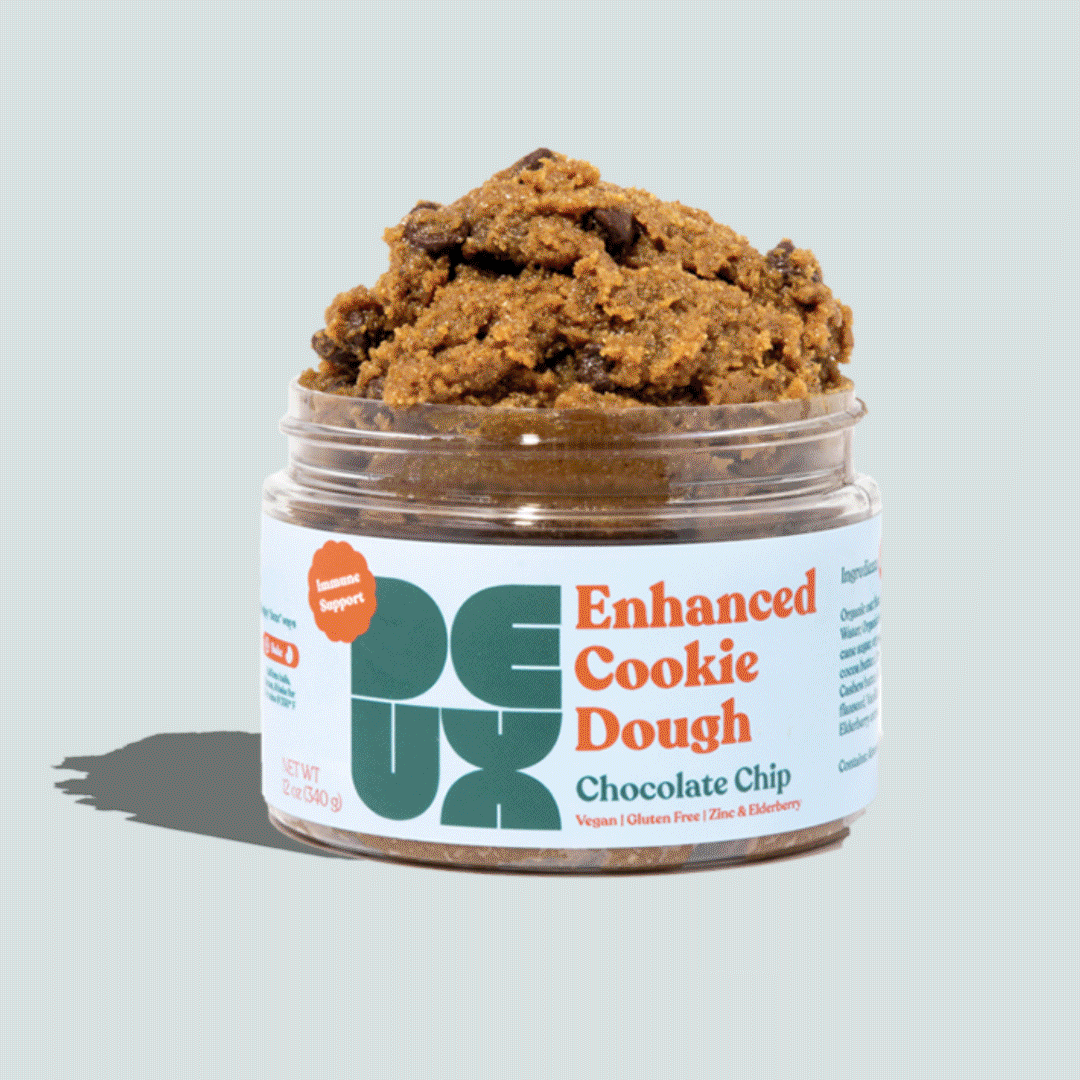
In 2018, of the 52.5% of waste that ended up landfills 45% came from food and packaging. Landfills are the third-largest source of greenhouse gas.
Sources: Topic Insights, 2021; EPA, 2021
In 2018, of the 52.5% of waste that ended up landfills 45% came from food and packaging. Landfills are the third-largest source of greenhouse gas.
Sources: Topic Insights, 2021; EPA, 2021
Fresh produce grown with regenerative farmings practices has the potential to sequester carbon, regenerate soil, and actually offset greenhouse gas emissions from producing food at scale.
Source: Rodale Institute
Fresh produce grown with regenerative farmings practices has the potential to sequester carbon, regenerate soil, and actually offset greenhouse gas emissions from producing good at scale.
Source: Rodale Institute
So how do we turn our attention to the produce aisle?
—
Sustainable & Regen. Growing Practices
With decades years of conventional agricultural practice in our wake, sustainable land stewardship at scale is no easy task. Making commitments to better growing practices is something brands can differentiate themselves with, and also has the potential to offset emissions and regenerate the soil.
Product Innovation
It starts with where and how our food is grown. How far away is it from the grocery store? Is it non-GMO? What materials make up the packaging? How long does it last on shelf and at home? The produce aisle is ripe for disruption from seeding to shopping.
It starts with where and how our food is grown. How far away is it from the grocery store? Is it non-GMO? What materials make up the packaging? How long does it last on shelf and at home? The produce aisle is ripe for disruption from seeding to shopping.
Brand Building
Aside from a few legacy brands with nostalgic kitsch, produce remains a low brand awareness category. As brand innovators who can leverage insights from the world of consumer packaged goods, we must build strong, modern brands with recognizable visual identities and compelling stories that keep us coming back.
Aside from a few legacy brands with nostalgic kitsch, produce remains a low brand awareness category. As brand innovators who can leverage insights from the world of consumer packaged goods, we must build strong, modern brands with recognizable visual identities and compelling stories that keep us coming back.
We are excited to be working with organizations who are trying to evolve food systems and change the produce aisle at scale. This involves everything from reimagining how food is grown and packaged, to rethinking what a modern produce brand could look like.
Our partner Sumo Citrus is an insanely popular brand driven by millennials interest, Sumo Citrus has obsessive fans that look for it every year at the grocery store. Like modern packaged goods brands, Sumo Citrus has a strong visual identity that separates itself in the produce aisle.
In 2021, another partner Columbine Vineyards became the first table grape producer in the U.S. to receive the highly regarded Sustainably Grown Certification. This certification represents CV’s holistic approach to sustainability, solidifying commitment, accountability, and the measurement of their efforts.
Firestone Pacific Foods in the northwest, is the premiere supplier of organic frozen berries nationwide. They have adopted a regenerative mindset, and are committed to producing safe, quality food at scale. We developed a messaging platform and website experience (launching Fall 2021) to help tell this story to their customers.
In 2021, we developed a new brand identity and packaging system for Fair Earth Farms, the first-ever organic greens packaged in fully-compostable materials. This represents a significant leap in packaging innovation that sets it a part from everything else on the shelf.
It's important to note that in the all the cases above, aside from Sumo Citrus, these agricultural organizations have 100 year histories. Companies like these are well-positioned and well-resourced to move the needle, not just for their own company, but for the industry at large. For instance, a decision to package greens in compostable material means taking a leadership position within the category, and signaling to other brands to follow suit.
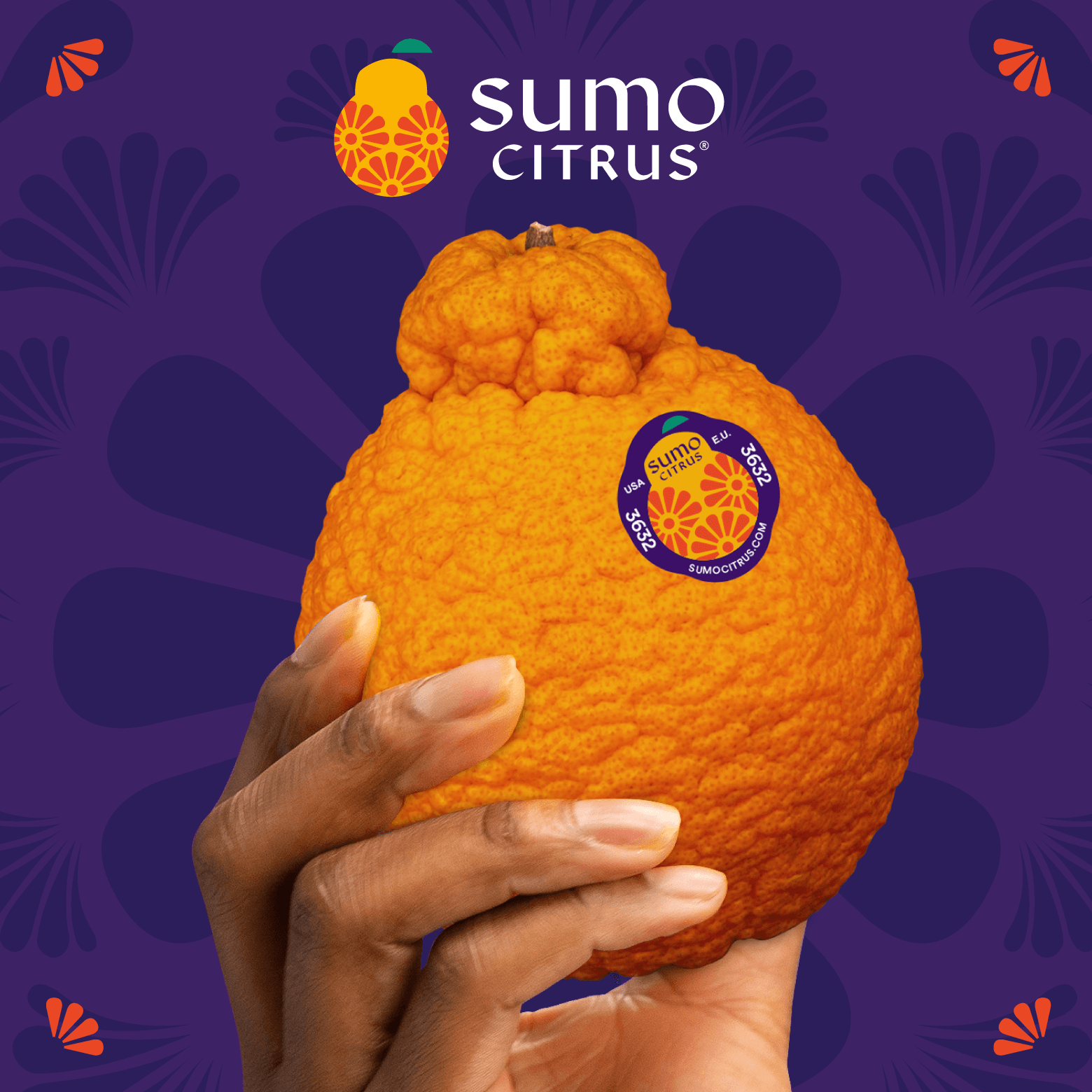
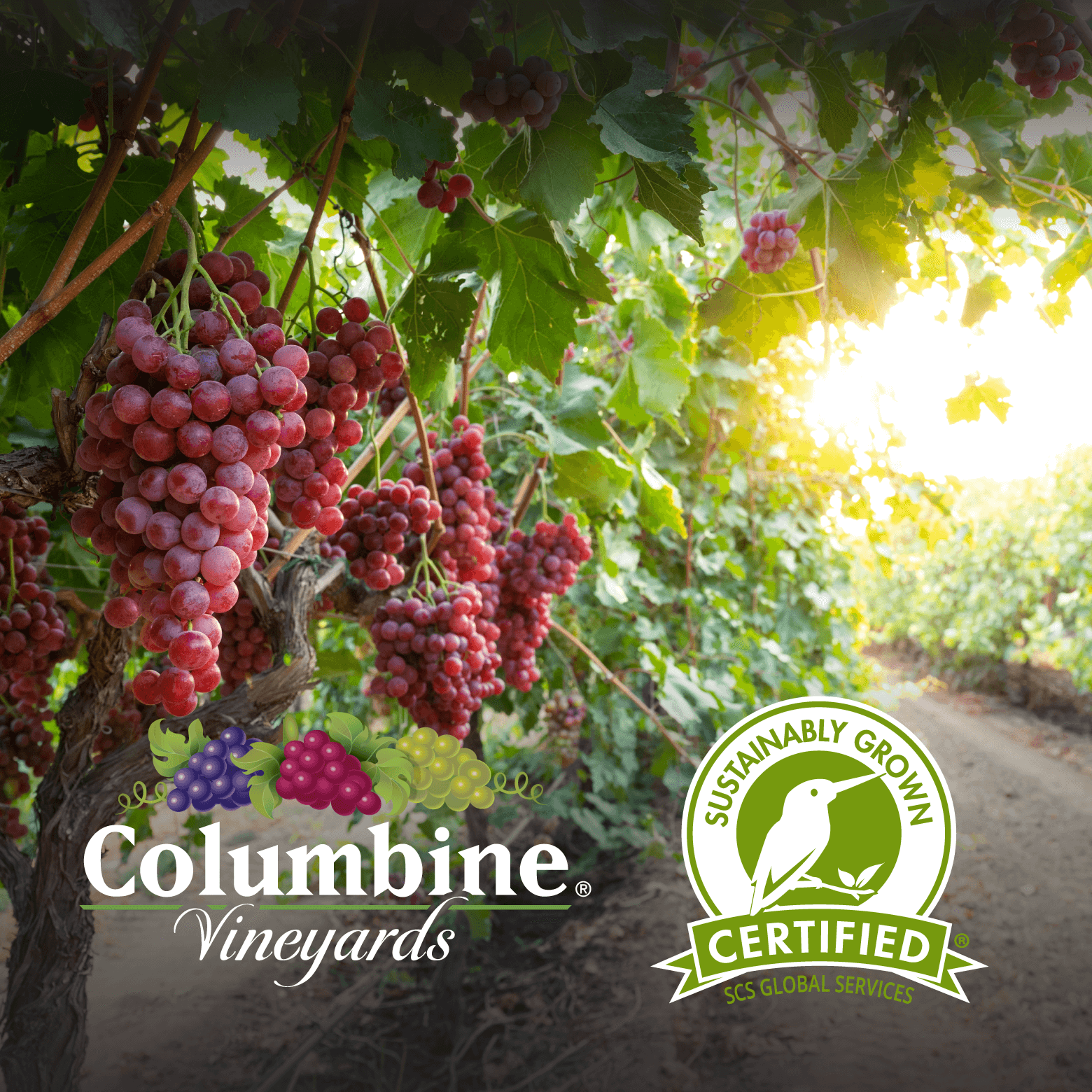
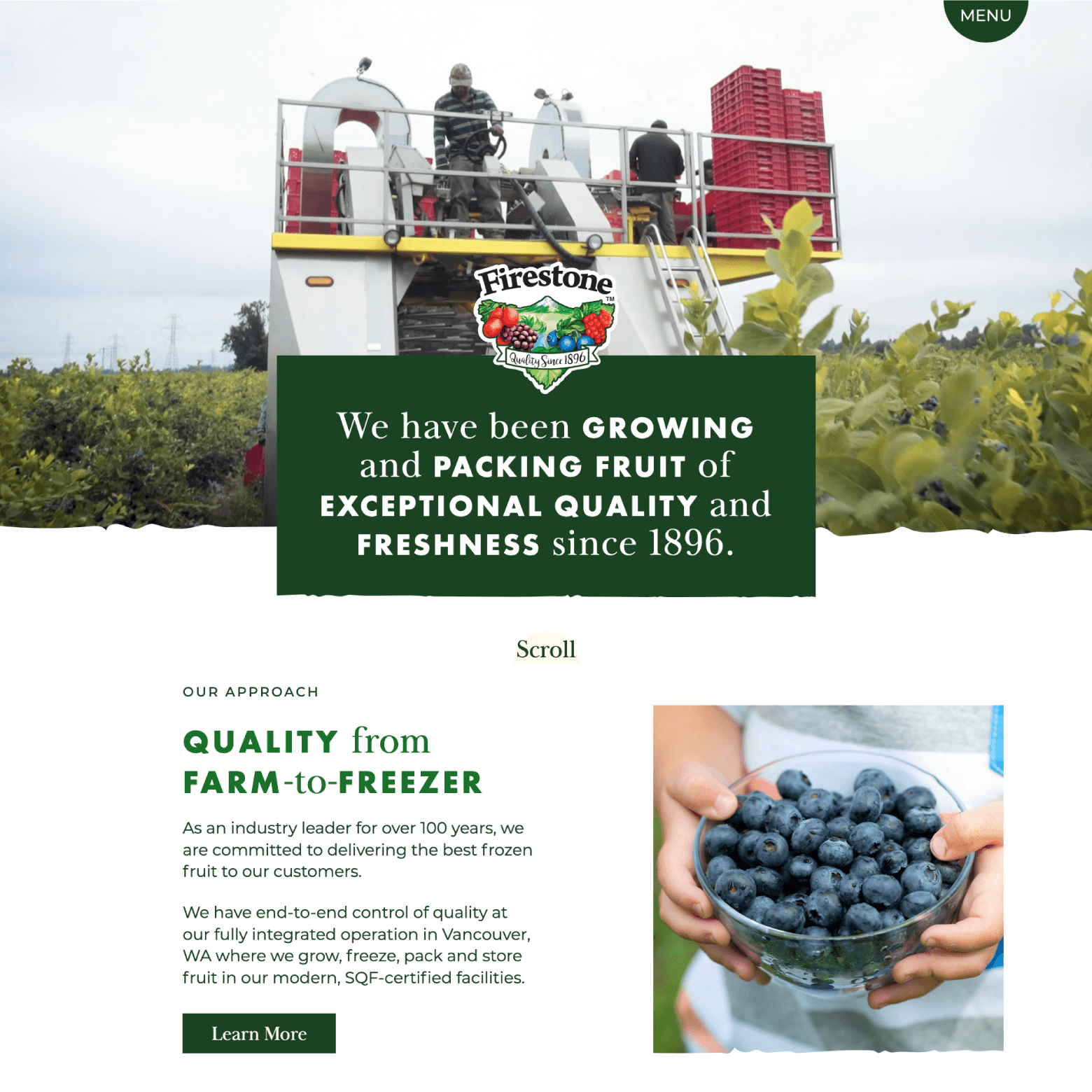
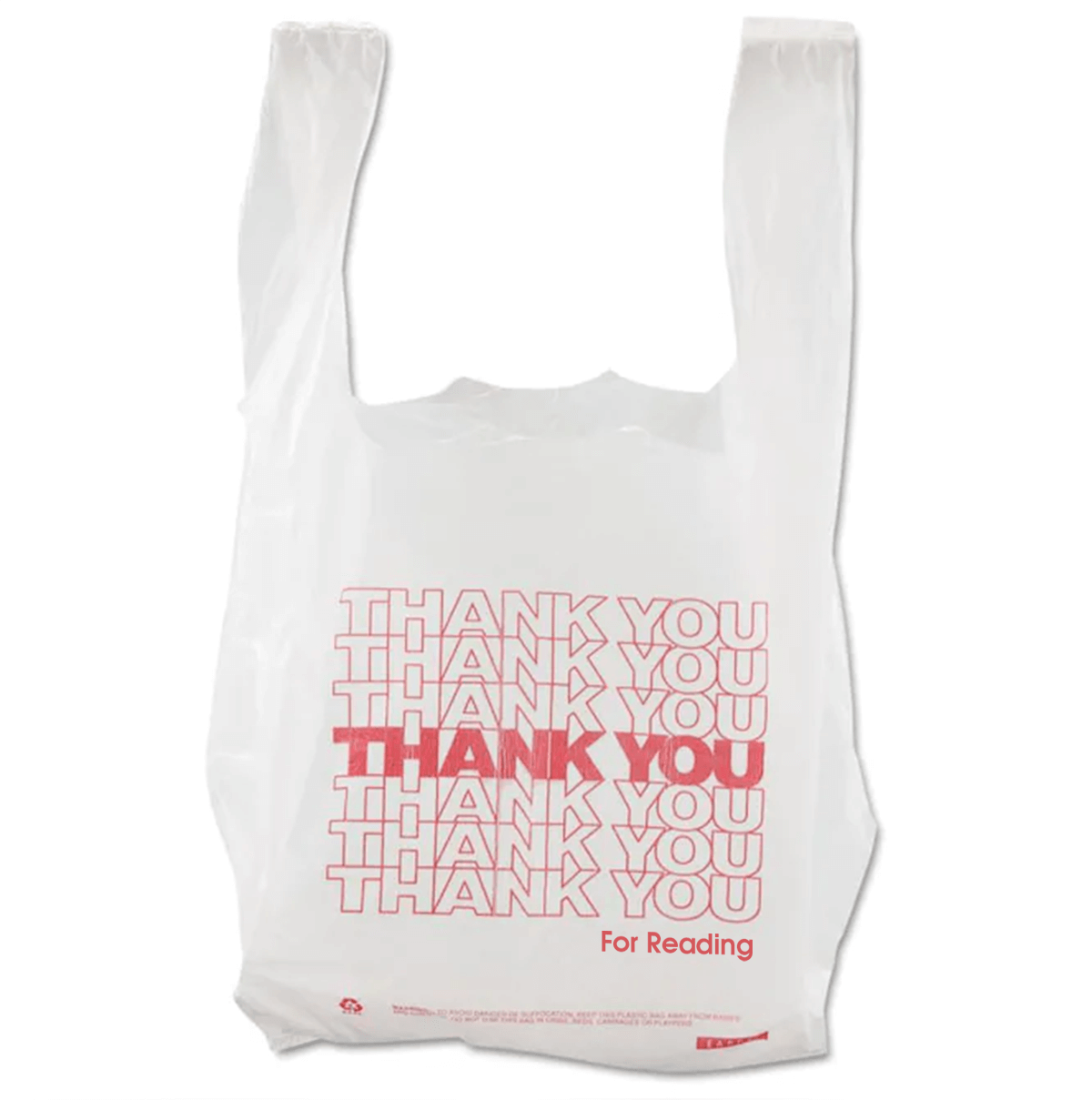
As shoppers, returning to package-free or responsibly-packed, single-ingredient products is a way for us to raise our hands and participate in building a better future. At this point it should be obvious, but fruit and vegetables are healthy for you in ways that processed snacks aren’t, even if they’re loaded with the latest ingredient trends.
Addressing the imbalances and inequity of our food system is a critical step towards building a more sustainable future. The ways in which we produce, shop for, and consume our food are indicators of societal health. Our invitation is to think about where our innovations will have the most impact, and for us this starts with rethinking what's possible in the produce aisle.
Get the quarterly newsletter
CONTACT US | OUR STORE | INSTAGRAM
hello@superiorbranding.co
©2022 Superior Branding Enterprises, Inc.

